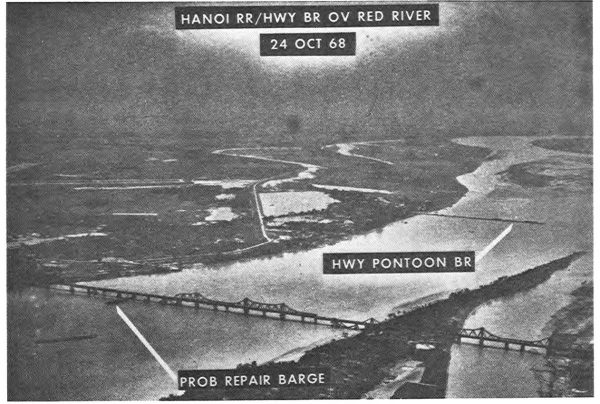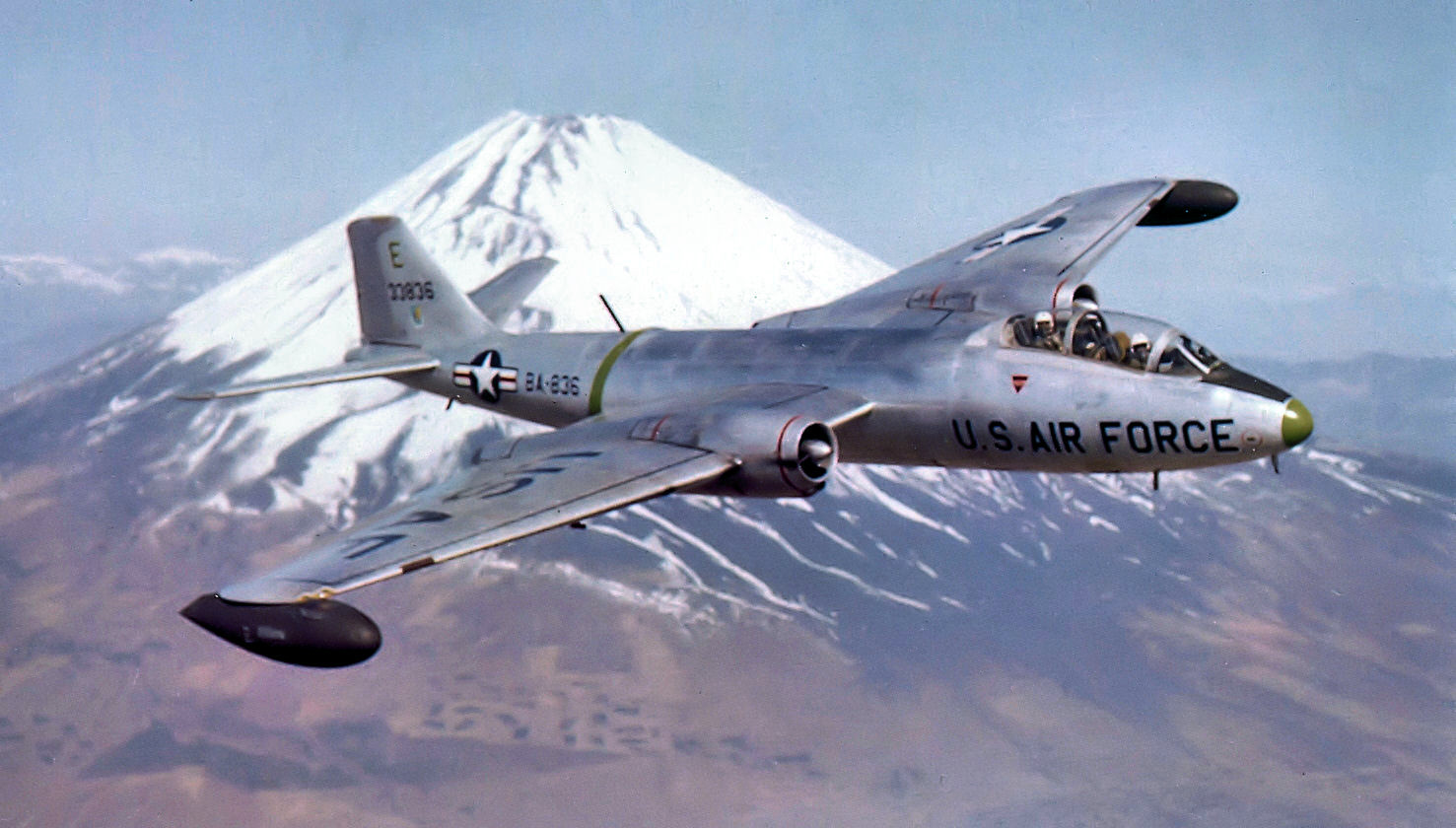April 3 in U.S. military history
1865: A day after the Confederate government evacuates by rail, Union troops march into the Confederate capital of Richmond, Va. Retreating Soldiers and citizens set buildings on fire as they depart, and the conflagration will consume some 35 blocks of Richmond. It takes Union soldiers until the afternoon to contain the blaze. President Abraham Lincoln tours the captured city the next day.
The Civil War will be over in just six days.
1942: Japan’s 14th Army, led by Lt. Gen. Masaharu Homma, launches a major offensive against American and Filipino forces on the Bataan Peninsula. In six days, the 75,000 defenders, already weakened by starvation and disease, will have no choice but to surrender to the Japanese.
1946: Gen. Homma is convicted of nearly 50 counts of war crimes for his troops’ treatment of prisoners in the Bataan Death March, and is executed by firing squad.
1965: Two B-57 Canberra bombers (featured image), supported by a C-130 flare ship, fly the first interdiction mission on the Ho Chi Minh Trail in Southeast Laos. Aircrews will fly over 100,000 sorties in the covert Operation STEEL TIGER in an attempt to stem the flow of Communist forces and matériel into South Vietnam through Laos.
In North Vietnam, the Air Force targets the vital Paul Doumer Bridge for the first time. The mile-long bridge is the only span across the Red River connecting Hanoi to Haiphong Harbor, and withstands strike after strike – including several direct hits – and becomes a symbol of communist resistance to the U.S. bombing campaign.

Famed triple ace Col. Robin Olds and four of his fellow pilots will earn the Air Force Cross on one mission against the heavily defended site in 1967. The bridge remains in operation until a flight of F-4 Phantoms knock it out — temporarily — with laser-guided bombs in May 1972. It returns to full service a year later and remains in use today.
1969: Secretary of Defense Melvin Laird introduces “Vietnamization,” the Nixon Administration’s plan to gradually withdraw U.S. combat forces while preparing the South Vietnamese to assume responsibility for the conflict, which had already cost over 30,000 American lives.
